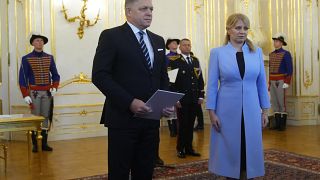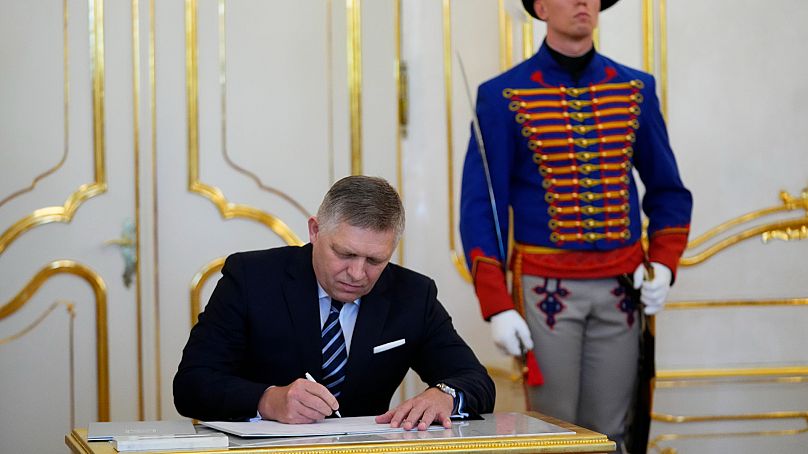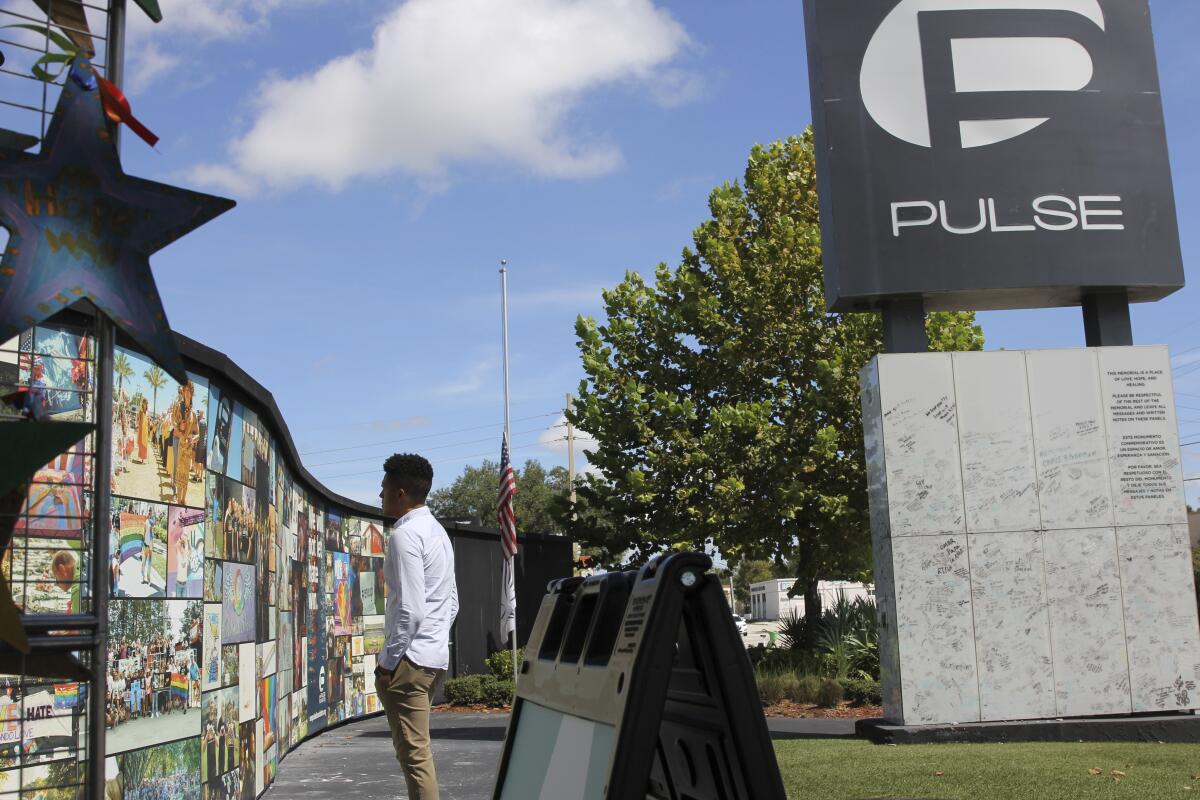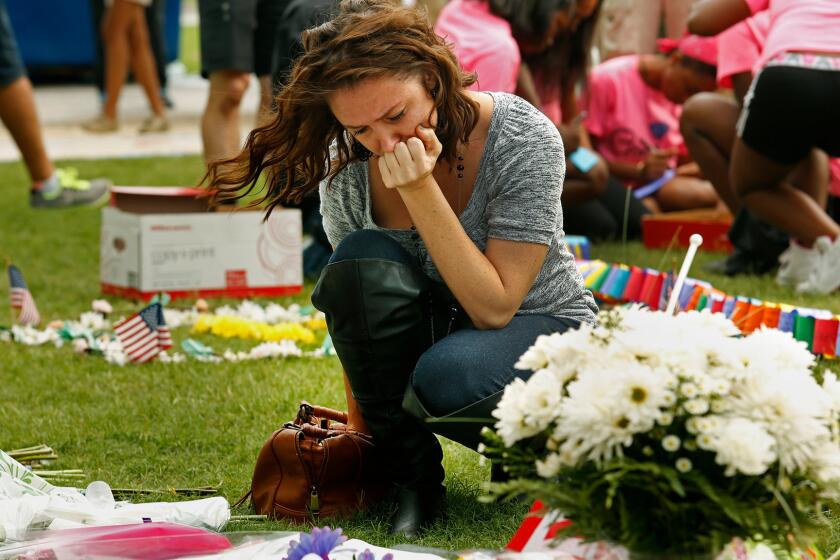1 in 2 Italian teenager has been sexually harassed, new poll finds

A new poll surveying 400 teenagers across Italy found that nearly 1 in 2 teenagers has been touched by a peer against their will or received unwelcome sexual advances.
Nearly 1 in 2 Italian teenagers aged between 14 and 19 reported having suffered some form of sexual harassment in their lives, whether that’s unwanted touching by a peer (as in the case of 48% of respondents) or an unwelcome sexual advance (43%).
The survey, called “Teen Community”, was conducted by the group Fondazione Libellula (Dragonfly Foundation), which promotes the end of gender violence and discrimination, and presented on Wednesday in Milan.
It asked about 400 teenagers all across the country to answer questions about sexual harassment, asking them their opinions on issues like violence against women and the interactions between men and women.
The discouraging results of the survey show that teenage girls have a more significant experience of sexual harassment than their male peers, with 55% of girls reported having been the object of someone’s unwanted sexual attention against only 25% of boys.
“The data show the urgent need to intervene to raise awareness among the new generations of the complex dynamics of gender violence”, said Debora Moretti, founder and president of Fondazione Libellula.
“The fact that in the majority of the cases, girls are victims of sexual harassment helps us understand how much this problem is rooted in our culture and how necessary it is to promote a debate among young people,” she added.
According to the same survey, only 33% of boys between the ages of 18 and 19 think it’s unacceptable for a man to become violent after being cheated on, against 79% of girls. Only 29% of teenage boys disagree with a statement saying that “control is a sign of love”, against 48% of girls.
Overall, the study said, girls seem to have a better awareness of what constitutes sexual harassment. But all teenagers seemed to have a flawed idea of how a healthy relationship should work, with many considering it acceptable to prevent their partner from accepting friendship requests on social media or telling their partner what they should or should not wear.
A majority of 53% agreed that kissing someone against their will was a form of violence, while 15% said it wasn’t harassment.
“Normalising these behaviours can only perpetuate and authorise further episodes of gender violence: we should remember that young people will one day be tomorrow’s adults,” Moretti said.
According to a previous survey published months ago by the same association and focused on men, one in two men thought that violence against women wasn’t a problem that concerned them.
The survey comes after a series of rapes of young girls grabbed the attention of the Italian public and raised concerns over the size of the problem among minors in Italy, as well as in countries like Spain.












